Allahabad enjoys a disproportionate iconicity, a symbolic resonance well beyond any obvious justification. It is, after all, a nothing sort of place: halfway between Delhi and Calcutta, neither here nor there. It is barely visible in the great human crush of the Gangetic plain. As Allahabad’s reluctant poet laureate put it long ago,
On maps it always takes
The same position: away from the coastline,
Two inches below
The mountain range ...
Allahabad is not Banaras, redolent with the odour of sanctity, nor even Lucknow, embalmed forever in the memory of its brief, nawabi efflorescence. Agra has its grand Mughal monuments, the Taj Mahal and Sikandra, the ghostly, haunted and haunting magnificence of Fathepur Sikri. Allahabad has Akbar’s imposing fort all right, but one that has been traduced by the army, bastardised and subjected to mundane purposes.
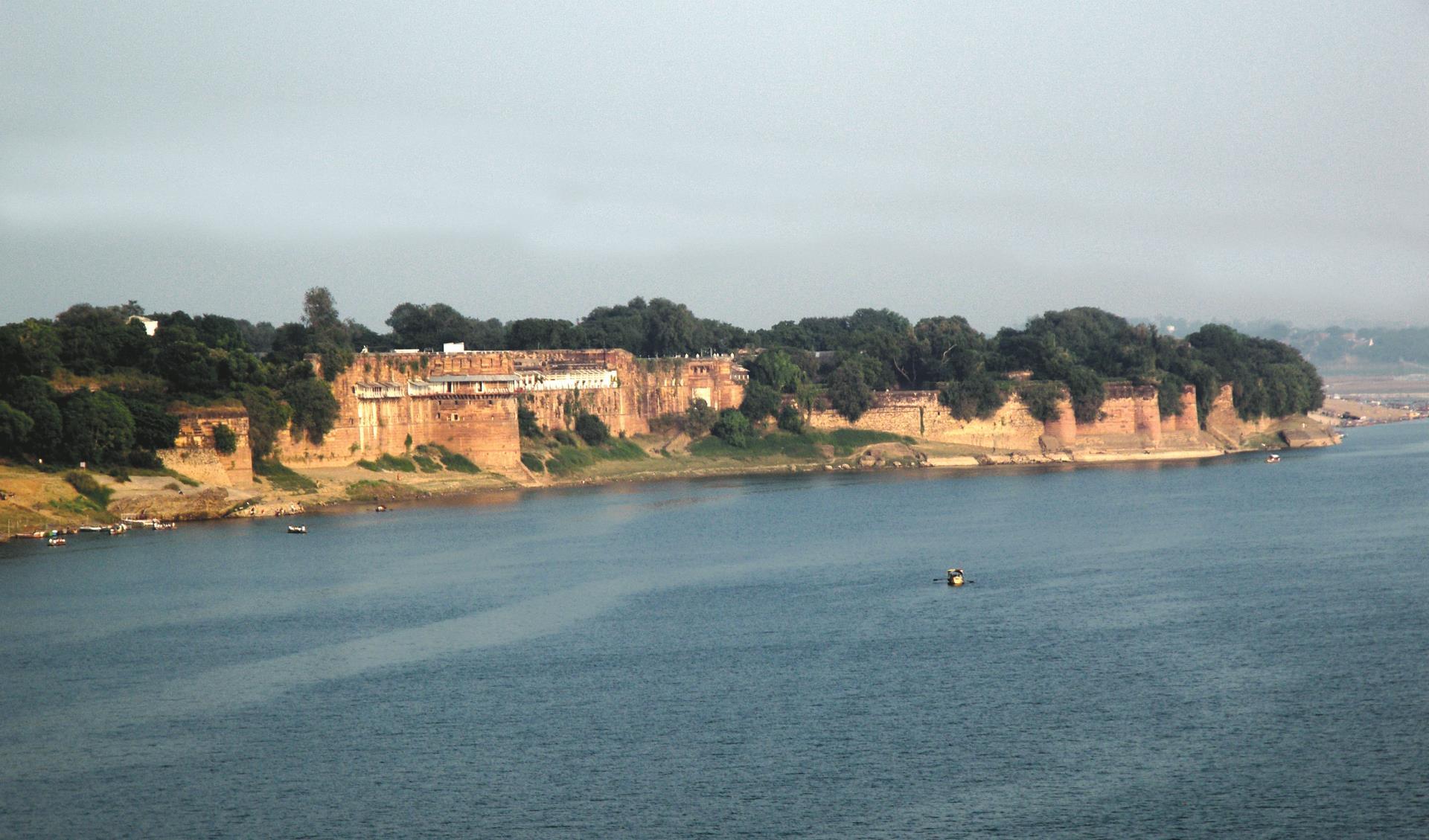
And its Mughal mausoleum—Khusru Bagh, associated with minor Mughal nobility, is modest, and known, at least locally, only because of its appurtenant orchards of guava and mango. Allahabad’s claim to attention is an odd hybrid of partly mythical antiquity, as well as an aspiration to modernity, even if the only modernity on offer is an addled colonial modernity.
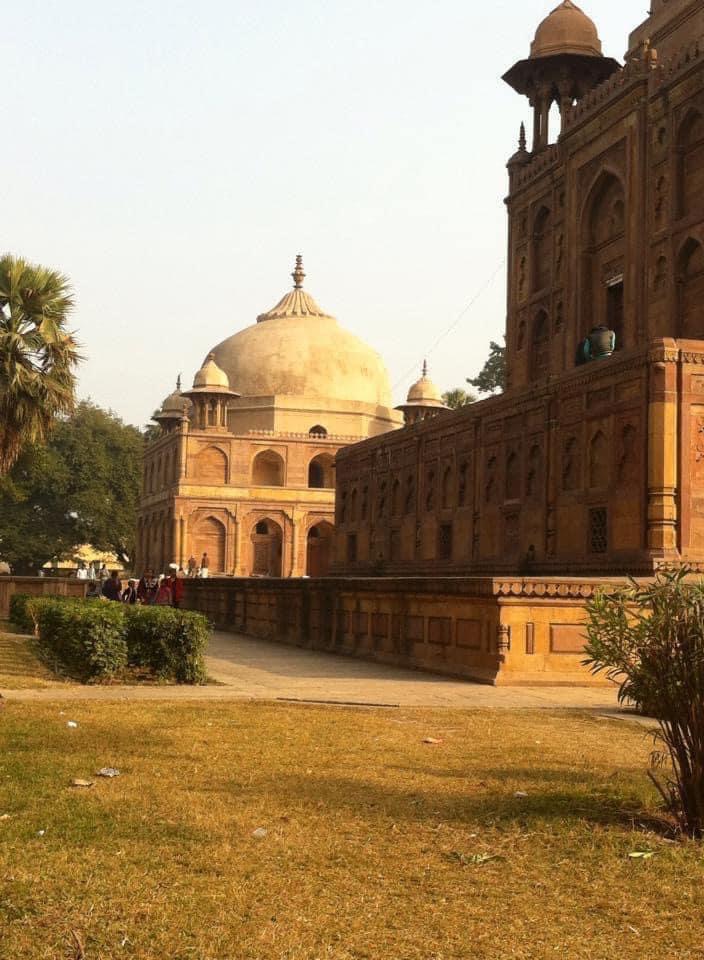
After all, Allahabad was the capital from where the British Raj, in the post-Mutiny age, ruled the vast expanse of north India. Indeed, Allahabad was the place from where the colonial power started the fight back against the rebellious natives in 1857, and inaugurated the great colonial project of 'civilisation' by festooning the trees with the bodies of hanged Indians.
Nostalgia, they say, is directly proportional to one’s distance from the object of nostalgia, in space or time or, preferably, both. Speaking for myself, I have never had much sympathy for Allahabad nostalgia.
The image of Allahabad is marked by a faded, and increasingly only remembered, gentility. In an odd way, Allahabad inhabits a perpetual past tense, a grammatical absurdity no less poignant than 'the last bungalow' huddling in the shadow of the latest high-rise monstrosity.
***
Nostalgia, they say, is directly proportional to one’s distance from the object of nostalgia, in space or time or, preferably, both. Speaking for myself, I have never had much sympathy for Allahabad nostalgia, not least because I actually live here, in the midst of its tawdry mediocrity.
But it is hardly surprising that there is a vast community of non-resident Allahabadis who wallow in the stuff. Blessed with the jealously guarded advantage of distance, these non-residents are, really, mourning their lost youth, through the expedient recall of something that is – and always was – a fiction, a fantasy. However, I must not anticipate my argument. Suffice it to say, for now, that given the kind of fantasies that are currently at play in our beloved India, the fiction of Allahabad, of 'the Allahabad' – that never was – might still be something worth defending.
In any ordinary counterposition of the imaginary and the real, the imaginary gets a bad rap, gets tagged with the adjective mere. What is real is solidly there, in all its material undeniability, while what is imaginary only exists in the minds of people who are, it is argued, insufficiently subject to the discipline of reality. In point of fact, cities have existed in the imagination for at least as long as cities themselves have existed, perhaps longer. Whereas the material reality has naturally been subject to ordinary constraints, there is a rich history of the city imagined as an ideal space, an embodiment of reason and order: the grid, the square, and the circle.
And this ideally imagined city – this Jerusalem, this city on the hill – is an image of desire, of longing and belonging. (One can hardly help remarking that this ideal Jerusalem, radiant and beckoning, maps rather awkwardly onto the war-torn reality of contemporary Israel, of Jerusalem today.) It is not insignificant that one of our top gods, so to speak, Krishna, is identified in the literature as “naagar” – of the city. There is another, possibly somewhat later, history in which the city, imagined as an object of desire, is transformed into an image of temptation, of fallenness, and is sought to be contrasted with an equally imaginary countryside, a myth of pastoral innocence and simplicity.
This constitutive duality, the fact that the city exists (and must exist) simultaneously in imagination as well as in mundane, everyday reality, has a particular bearing on the matter of Allahabad in its contemporary salience. In 2018, the Bharatiya Janata Party government of Uttar Pradesh under the leadership of Yogi Adityanath, decreed that Allahabad would no longer be known as Allahabad. It would 'revert' to its allegedly 'original' name, Prayagraj.
Since the 'history' in which the original name got replaced by the name 'Allahabad' is experienced as a history of shame, of defeat, the renaming is a symbolic way of transcending that history.
Observers of the Indian scene will immediately recognise this renaming urge as part of a larger national pattern. After all, many cities have been renamed. Bombay has become Mumbai, Calcutta Kolkata, Madras Chennai ... it is a long list. The phenomenon illustrates, at an immediate level, the angst that inevitably informs the postcolonial relationship with history. The past, identified with humiliation and defeat, with cultural dispossession, is sought to be erased, even as it is embodied, quite literally, in the people who seek that erasure. After all, the stain and torsion of time works at much deeper levels than the surfaces that can be covered over with fresh paint.
However, the particular motivations that are at play in particular instances vary from situation to situation and need to be understood in their local specificity. Thus, Prayagraj is claimed to be the original name of the city, and since the 'history' in which the original name got replaced by the name Allahabad is experienced as a history of shame, of defeat, the renaming is a symbolic way of transcending that history. This is rubbish at several different levels.
But let us first get the history out of the way.
It is true that the name Prayag – 'confluence' – antedates the city of Allahabad. But Prayag is merely a place, it is the river bank where the Ganga and the Yamuna meet. This confluence has been sacred to Hindus from ancient times. They come here for some of their most significant ritual purposes; most crucially, for the final act of the funerary ritual, the immersion of the ashes of the dead in the sacred river. People – Hindus – go to great lengths to try and meet this demand. For this reason, the river bank has probably been home to a kind of morbid service industry, populated by grieving pilgrims and the pandas, the officiants who minister to them and prey on them, for longer than anyone can remember.
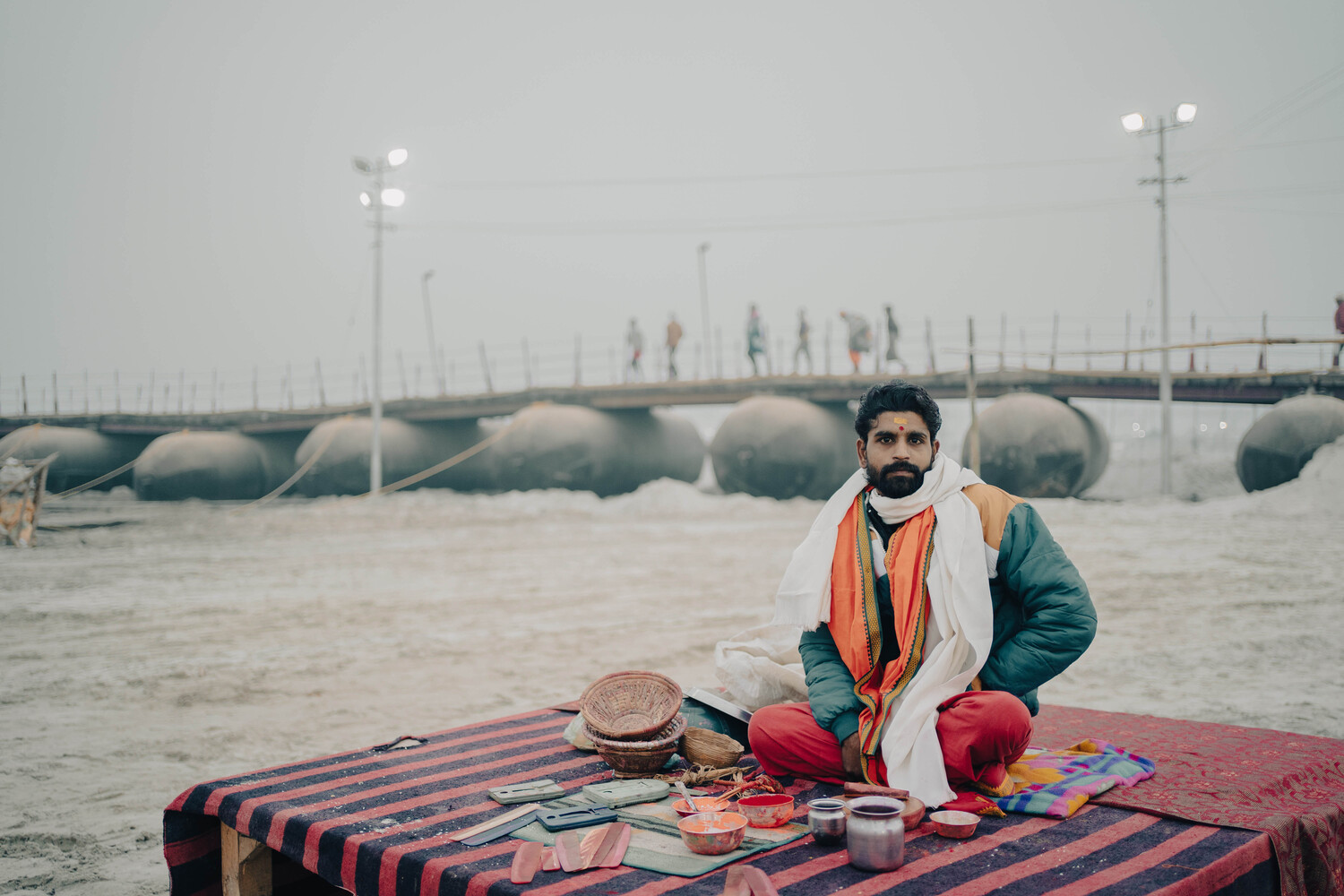
But the river bank is not a city, and it is certainly not the city.
The city is the settlement that came up on the floodplain between the Ganga and the Yamuna, upstream from the confluence. And it was named Ilahabas – a place where holiness dwells – in recognition of the traditional sacred status of the confluence, the prayag – and not as the insult of a conqueror, as is alleged by the necessary narrative of humiliation that underpins all such attempts at cultural 'reclamation'. The floodplain itself became available for settlement after the construction of a massive embankment. This embankment – the bandh – is identified, even today, even in Prayag, with the emperor Akbar, who constructed the massive fort.
The city is, we know on credible evidence, of mediaeval origins, and grew to affluence with the peace and harmony that was guaranteed by the magnificent fort overlooking the great waterway, which carried the agricultural produce of the Doaba, the fertile plain between the two great rivers, down to distant markets. In later centuries, this mediaeval city was expanded under colonial aegis. After 1857 it became one of the major centres of British colonial power. Allahabad became the capital of the North-West Provinces, and later the United Provinces of Agra and Oudh, which extended all the way from Bengal-Bihar to Punjab.
The great engines of development are so busy chopping up the guava orchards, and that Allahabad nostalgia might soon have no refuge other than the embroidered memories of non-resident Allahabadis.
Just as mediaeval Allahabad was appended to the existing and necessarily minimal settlement of Prayag, home to the ritual service providers, the British appended their own residential and gracious Civil Lines to the mediaeval grain bazaar. In contrast to the crowded and crooked lanes of the bazaar city, the colonial city was laid out in a tidy grid, with large compounds, and bungalows with wide, cool verandahs, set in orchards of fruit trees, nestled amid dusty, optimistic gardens, which hoped to resemble the moist, lush gardens that the exiled colonial administrators had left behind in Blighty. This is the image of Allahabad that informs most nostalgic appropriations of the Allahabad that was, and indeed, in a precise sense, was always 'was'.
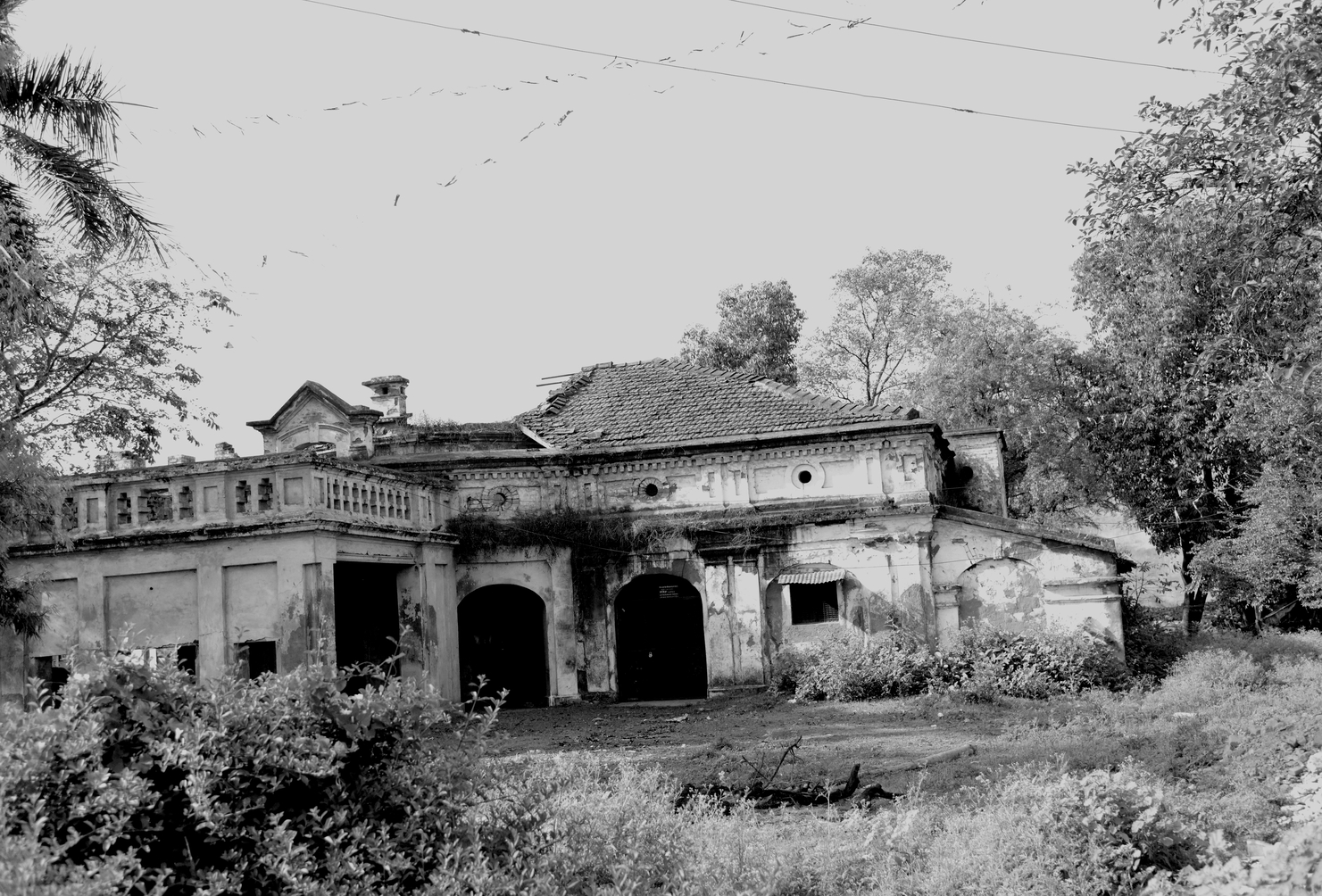
It is entirely appropriate, then, that a recent collection of writings on Allahabad is entitled The Last Bungalow. The great engines of Development are so busy chopping up the guava orchards. High-rises rise where once the bungalows sprawled. That Allahabad nostalgia might soon have no refuge other than the embroidered memories of non-resident Allahabadis. Because, of course, this process has been at work for a long time.
Many years ago, when I sought to interest a senior friend into putting together some kind of collective reflection on this process – a workshop, a conference. He was briskly dismissive. Civil Lines snobbishness, he said, no more than that. And, looking back on that moment, I am forced to acknowledge that there was some truth in that.
But there is something else also at play, and it is that something else that I am trying to put my finger on here.
***
History tells a relatively benign, even pleasant story, all the way from the sacred confluence, through the medieval bazaar city to the colonial administrative outpost. The story is of an evolving and now mostly remembered cosmopolitan urbanism. But the preferred narrative, pickled in ressentiment, is one of conquest and subjugation, of humiliation and disenfranchisement. And now, inevitably, of re-enfranchisement, the coming into its own of a once-conquered people who are, we are expected to believe, finally reclaiming their cultural heritage, even as they sally forth, armed with pots of paint, and trumpeting their vociferous ignorance.
What is common to almost all prior instances – Kolkata, Mumbai, Chennai – is that the renaming is sought to be described as a recovery, a restoration of some prior, some original condition. A present fact, a name, is identified with a moment of humiliation, and the renaming in favour of some 'original' fact is framed as an act of cultural reclamation, an undoing of that alleged humiliation. These 'facts' and 'counter-facts' are sometimes true, and sometimes only partially so, but it is facts of a kind that are at play in these nominal cultural struggles. What is at play in the business of Allahabad-becoming-Prayagraj is altogether subtler. Let me explain.
But so is 'Prayagraj' a fiction, an imaginary place, a sensibility, even. Of course, there is perfectly real and tangible Prayagraj: it is the name of fine train that runs between Allahabad and New Delhi.
As a loyal and unfortunately resident Allahabadi, resident in fact in the last bungalow itself, and grumbling about the great unwashed who are abroad with their axes and their pots of paint, eager to annex my Allahabad in the name of their Prayagraj, I must still affirm that the Allahabad that is sought to be erased in an act of cultural reclamation – not the stinking medieval bazaar, which only a nuclear war could, perhaps, erase – that Allahabad was always an imagined place. Allahabad was the national headquarters of the party that led the struggle for independence from colonial rule, the Indian National Congress. As such, Allahabad was the capital of the India that was as yet unfree. It was the name of an aspiration to secular, cosmopolitan modernity, an aspiration, a hope. A sensibility, a fiction. An imaginary – and now increasingly unlikely – homeland.
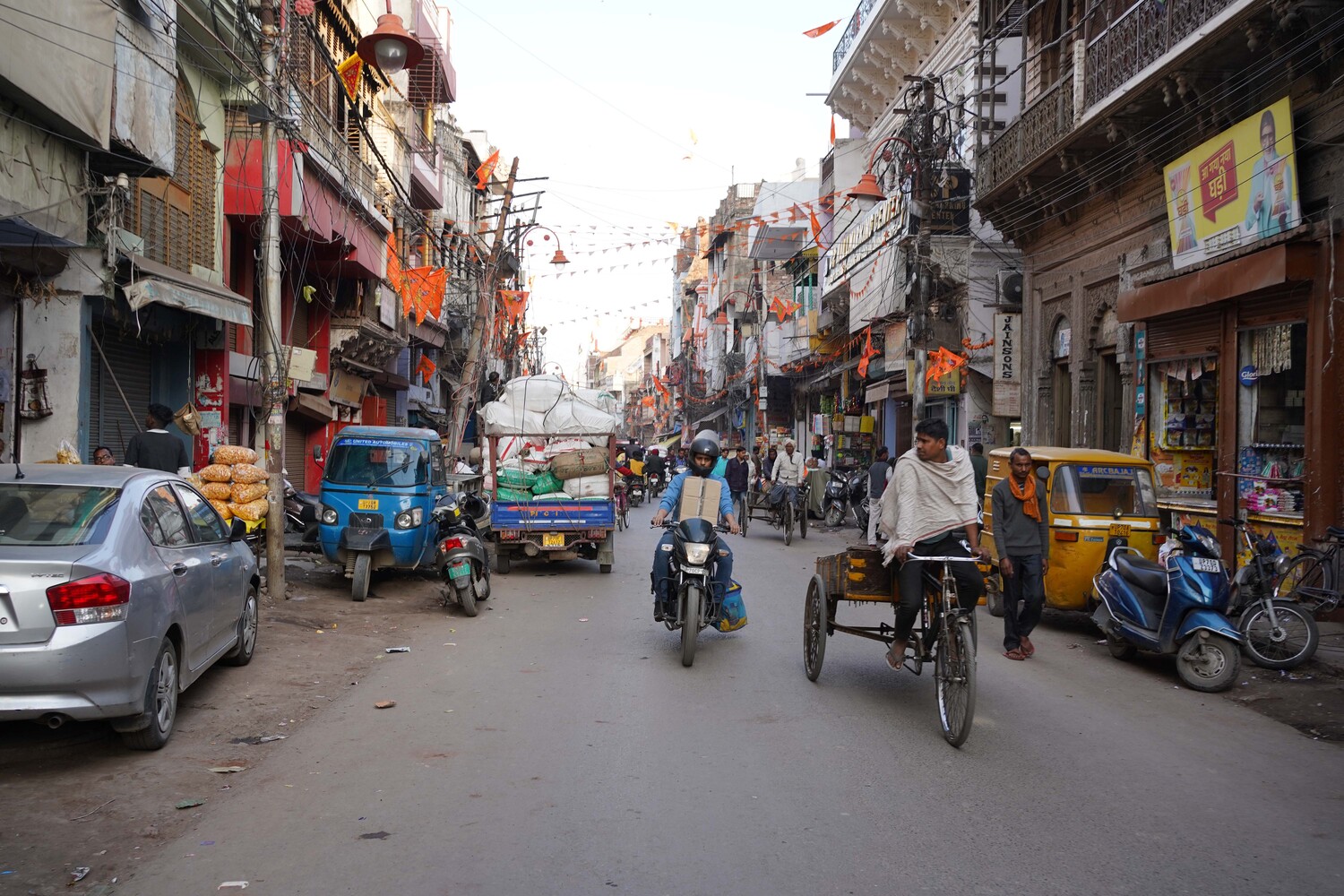
But so is 'Prayagraj' a fiction, an imaginary place, a sensibility, even. Of course, there is perfectly real and tangible Prayagraj: it is the name of fine train that runs between Allahabad and New Delhi. But the Prayagraj that seeks to replace Allahabad is also a fiction. And unlike the name Allahabad, which was a generous, enlightened fiction, the name “Prayagraj” is a pernicious, hurtful fiction—predictably pernicious, deliberately hurtful.
Allahabad was a fictional place of secular urbanity, the sort of place that ambitious young men from the hinterlands, like Dharamvir Bharati and countless others, came to. They came to Allahabad to acquire cosmopolitan urbanity, to fumble their way towards the anguish of individualised modernity. They came to the Allahabad of the University and the High Court, quasi-mythical places of light and of culture.
But lurking in the shadows, there was another Allahabad too. Local mythology still identifies the trees that were festooned with bodies in the horrific reprisals after the Mutiny. The two mythologies were not allowed to corrupt each other—but the actual modernity that was on offer was inevitably the addled and necessarily hypocritical modernity of the colony. People who read books —as against people in khaki shorts who only talk about culture—might recall the ambivalences of Bharati’s novel Gunaahon ka Devta in this context.
So if Allahabad – as a place of light, of culture, of a tentative, fragile modernity – is an imaginary place, a fiction, Prayagraj is, too. This fiction is built from the materials of the Pandanagari Prayag, and bathed in the odour of Brahminical sanctity. In this place, grubby, grabby pandas prey on the desperate and poor people who come here, programmed by tradition, to fulfil the prescribed rituals. The way to understand this substitution of one name for another is not in terms of some historical reality, some prior name, some tangible historical fact, but rather in terms of this cultural politics, this contest of rival imaginations.
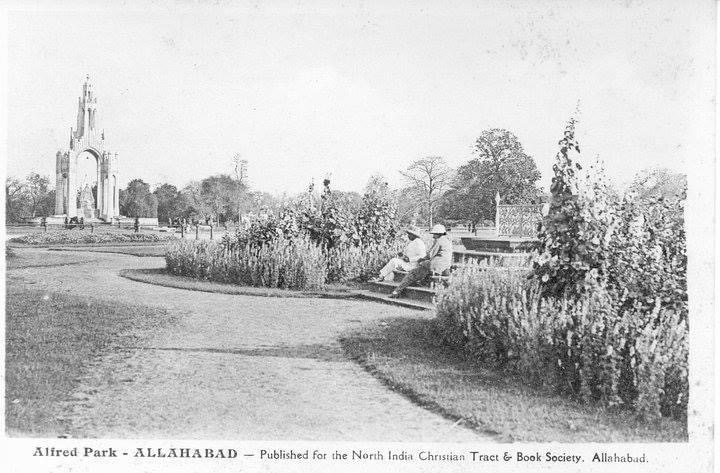
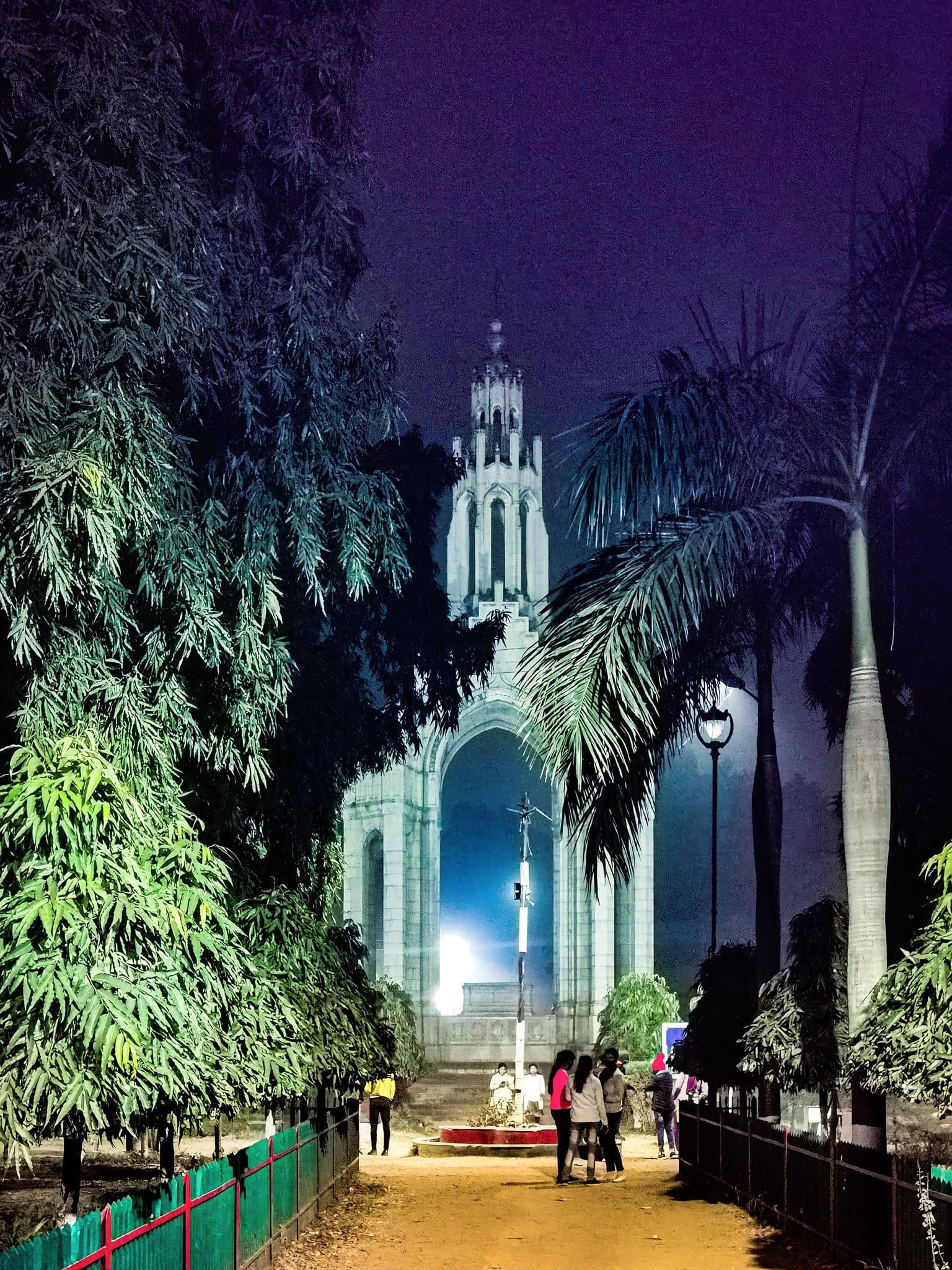
At its finest, then, Prayagraj – not merely Prayag, which is just a confluence, but the most super-sacred one of them all – is a fantasy of an imagined monkish time at the dawn of antiquity, when time itself was young, and the gods cavorted in a newly-minted world. In this mythical world, compounded from early 20th century oleographs and late century Amar Chitra Kathas, learned rishis sought, but reliably failed, to evade the attentions of the apsaras – the mythical damsels, a compulsory accessory for the mythical imagination, who bring both glamour and suspense 'will he? won’t he?' – to an otherwise rather boring universe. The semi-literate chutiyadharis of the heartland – the barely literate officiants who masquerade as the keepers of the vaunted sacred scriptures – suitably turned out with the dabs and daubs of their upper-caste status, derive a curious gratification from these symbolic allusions to that largely invented classical past.
This is, necessarily, a past before history, and its manifold pollutions. Which is what suggests to me that what is at play here, in this nominal comedy, is something more than aesthetic – that there is a real, material politics that is marching under cover of the merely symbolic. Not surprisingly, the dominant colour of this pseudo-classical fantasy is saffron, the flamboyant livery of the mendicant.
It is important to add that traditionally – and this is borne out in popular culture – saffron or bhagwa has been the preferred disguise of crooks. And while it might – just might – be excessive to say that all those who don saffron are crooks, it is certainly true that if a crook wants a working disguise in today’s India, saffron is a pretty good choice, right? All one has to do is to read the literature of the early 20th century – that is, before we became sanctimonious hypocrites – to recognise that the colourful rapists and murderers in saffron who turn up now and then are, well, almost traditional.
***
There are three possible kinds of erasure that are play in this nominal farce. But the politics implicit in at least two of these three erasures renders this farce far from merely 'nominal', that is, in name only, insignificant, lacking substance. These symbolic and apparently only cosmetic exercises are working to further a deadly serious cultural agenda.
The first of these can be illustrated by the change from Calcutta to Kolkata, or Cawnpore to Kanpur. This is relatively innocent – though it would be better if we were more conscious of what was going on. It is an act of post-colonial restitution, the correction of an Anglo-Saxon mispronunciation of a perfectly decent local name. So Trivandrum-Thiruvananthapuram, Trichinopoly-Tiruchirapalli, and so on. Then, basically, post-colonial restitution could go much further, like cleaning up the institutions and practices of colonial governance, like the sedition law that has seen such flagrant misuse during the last 10 years. However, today we are doing names only, as we say.
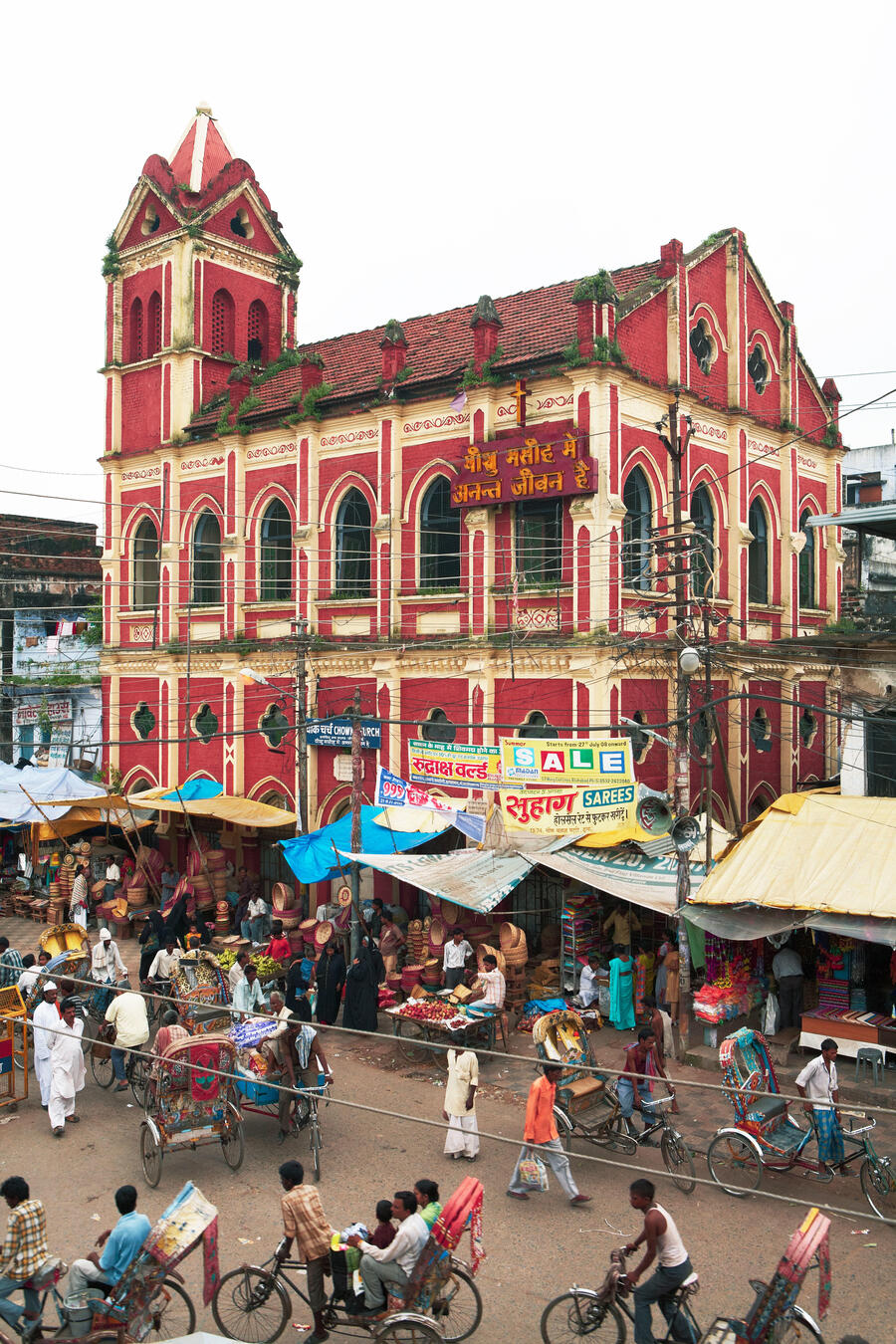
The second kind of erasure that is sought works in terms of another kind of 'post-colonial' restitution. This has to do with the Rashtriya Swayamsevak Sangh narrative about how the Hindu nation is only lately emerging from not a mere two centuries of British colonialism, but from a thousand years of Muslim colonialism. The erasure that springs from this narrative is an erasure of all signs of Islamic influence.
That which we know as India today is inextricably a product of the past millennium of poly-religious, multicultural living. So, quite simply, suicide is the only way to this erasure.
This is deeply problematic, indeed, impossible. That which we know as India today – the monuments, the culture, the music, our lived, everyday reality of multicultural diversity, and our social practices of coexistence – is inextricably a product of the past millennium of poly-religious, multicultural living. So, quite simply, suicide is the only way to this erasure. Still, pots of paint help and names with Islamic resonances, even when they are associated with entirely indigenous, foundational figures, are sought to be brushed over. Thus Ahmedabad is sought to be made Amdavad, while Aurangabad has been renamed Chhatrapati Sambhaji Nagar. What we are witnessing in the renaming of Allahabad as Prayagraj has obvious elements of this second kind of erasure.
But the -raj in Prayagraj tells of a third, and rather more sinister kind of erasure. Prayag one can understand as an original if minimal settlement, which, yoked to a bogus history that ignores the settlement of the floodplain as a direct consequence of the making of the embankment, can make Allahabad-to-Prayag look like some kind of restitution.
The raj is our clue to something else is going on here. But I would like to tell this part of the story somewhat indirectly, by way of another act of renaming, the process whereby Delhi’s glamorous southern satellite town, Gurgaon, home to our shiny fantasies of globalisation, became Gurugram.
***
In the third kind of erasure, it is not the British, or the Muslims, that are the target. Here, time itself is the enemy. Actually, there are several different things going on. At one level, there is the insistence on the literal truth of the epic, mythic narratives, and so of a piece with the bizarre insistence on the exact location of the birthplace of the god, Rama. Then again, there is the inability of the illiterate to distinguish between fiction and realities, but there is also a relatively more sophisticated rejection of the distinction between history and myth.

Thus, if history partakes something of the nature of myth – being not reality but a narrative-derivative therefrom, as we are told by postmodern theorists – might not myth then partake something of the tangibility of history? This little sleight of mind enables the benighted sanghi to identify the actual village that was gifted to the Guru Dronacharya by the victorious Pandavas, presumably in return for his 'gift' of Eklavya’s thumb?
However, the really dangerous part of this apparently farcical exercise is something that was revealed by one of the spokesmen who was wheeled out in its defence. This worthy asserted with complete confidence that the original name of Gurgaon was, in fact, Gurugram. (This might well be the case, particularly if awkward questions about evidence are ruled out.) And, he went on, Gurgaon was merely a 'distortion' that had appeared in the course of time.
There is a linguistic term that captures this process exactly: tadbhavta, the emergence of new forms through prolonged use, through a process of becoming. And the presumed originals from which the tadbhavas emerge are called tatsamas. Tatsamas become tadbhavas. The tadbhava Gurgaon is to be restored – unbecomed, so to speak – to its tatsama Gurugram.
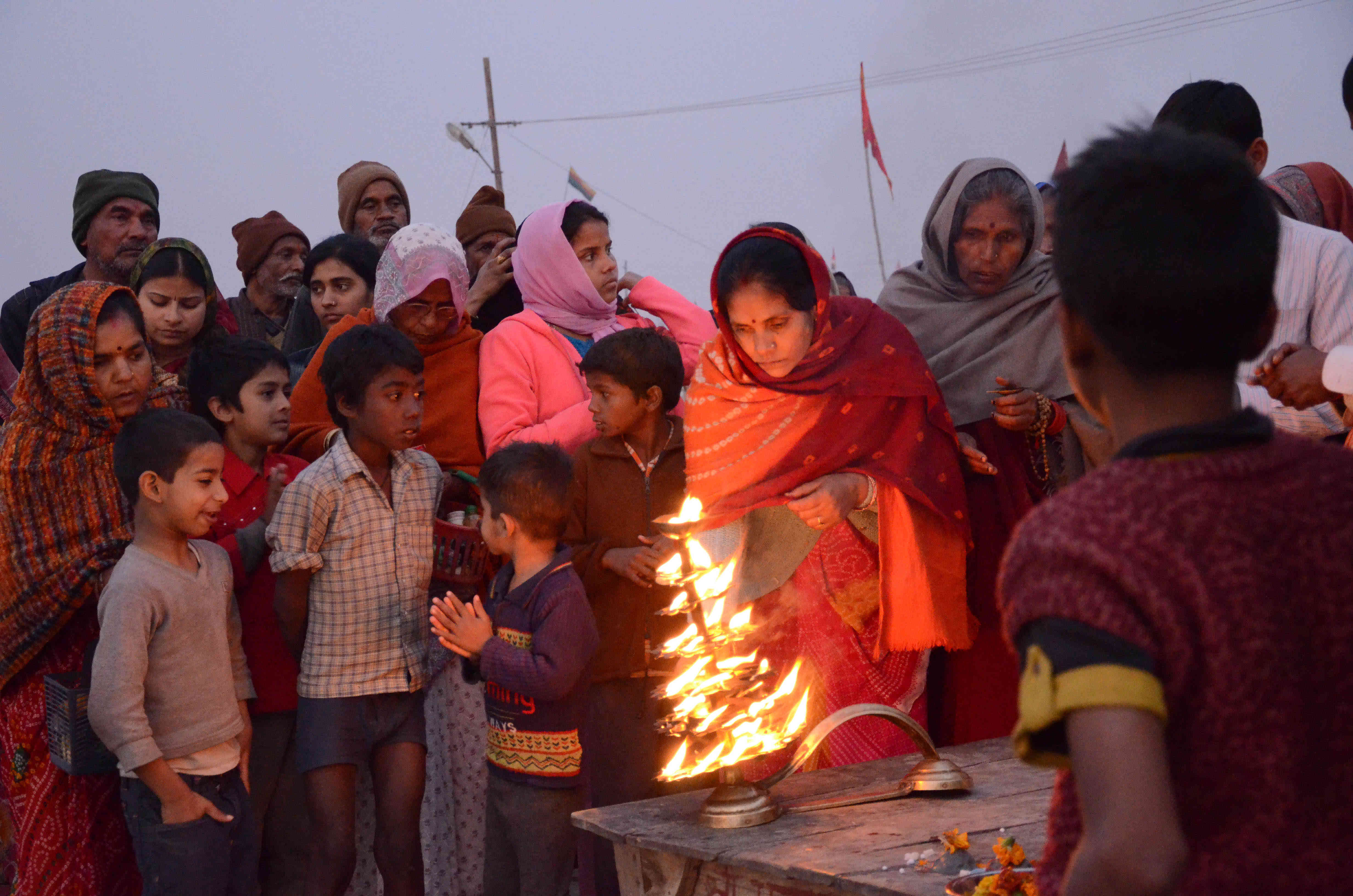
Gurugram is, however, a relatively benign symptom of the disease in which the process of becoming, the work of time itself, is perceived as inimical and generates a corresponding striving to return to some previous perfection. It is in the run of time that plurality, diversity, and difference emerge, the glorious variety that we know as the world, as life.
A 'nationalism' dedicated to the recovery of some prior, already perfect nation, is fundamentally different from a future-oriented nationalism, a project that is committed to becoming a nation that addresses the needs and desires of all its members.
Gurugram seeks to return to some imagined monkish moment, when Aryan celibates stalked the land, and punished the apsaras who seduced them by, well, seducing them right back (howsoever vainly, given the buffaloes that continue to roam the streets between its glittering palaces). It is a fun fantasy, populated by voluptuous females who have escaped from Raja Ravi Varma’s paintings, and by sages oozing machismo and wisdom who are, I shudder to think, idealised versions of the RSS’s paradoxically celibate father-figures.
Still, a name-change is relatively innocent, involving little more than some pots of paint. But this aversion to the workings of time – to its wonderful 'distortions' – has some alarming implications and these too should be part of the record. A 'nationalism' dedicated to the recovery of some prior, already perfect nation, is fundamentally different from a future-oriented nationalism, a project that is committed to becoming a nation that addresses the needs and desires of all its members.
But somewhere in Gurugram, as in the alleys of Prayagraj, behind the luscious females and the macho monks, one may well expect to find not only Eklavya’s thumb, but also the remnants and descendants of those aboriginal dwellers of the mineral-rich highlands of central India who were, and may well again be – indeed, are being, even as we speak – displaced by that vaunted, that mythic, that longed-for 'Aryan' civilisation.









